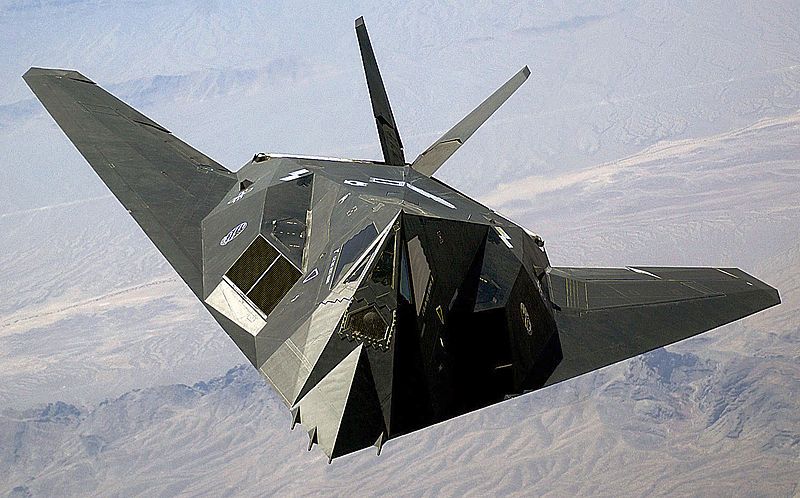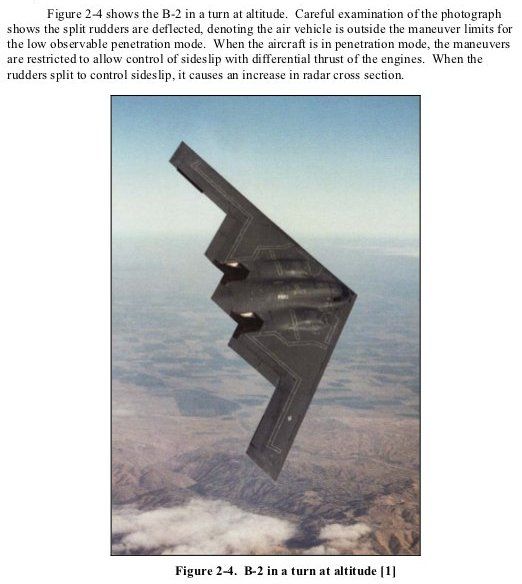The best airplane won, the Raptor is the more effective combat aircraft, the YF-23 has no TVC, smaller weapons bays, and is not supermanueverable in the sense of the F-22, in fact the YF-23 has a ruddervator like the Beechcraft bonanza, not an optimal layout for a supermanueverable fighter aircraft, in which the ability to make quick pitch transitions is the key to turning the aircraft inside your opponent, its Kool in a geeky kind of way, but I will acknowledge that it was slightly faster and stealthier but not enough to put it on top of the Raptor!
This is the truth --
THE FOUNDATIONAL TRUTH.
Regarding radar cross section (RCS) the simplest and most effective finite shape/body is the sphere. It has only two modes of radiation: specular and surface waves. Other than the sphere, the goal is to minimize the quantity of modes of radiation in any complex and finite body. The plate, cylinder, cube, pyramid and other simple shapes has specular, surface waves, and edge diffraction modes. After the sphere is the ogive or 'flying saucer' shape.
The reason why we are instructed with infinite area and perfectly conducting surface is because we should be focusing on a particular mode as part of the learning process. But in the real world, we have to negotiate finite bodies and attempt to control when possible and eliminate if possible any radiation mode.
So when it comes to major structures on a complex body like an aircraft, the YF-23 has four major flight control structures: the two wings and the two ruddervators. The F-22 have six: the two wings, two vertical stabs, and two horizontal stabs. The vertical and horizontal stabs forms two corner reflectors which while are not 90 deg corner reflectors, this complex compound structure should be avoided whenever possible. So for a complex finite body like an aircraft, there are specular, surface waves, edge diffraction, corner reflectors, tunnels, and concave amplifiers (cockpit). All are modes of or radiation generators.
The J-20 also have six major flight control structures that are also radiation generators. I know many people do not believe the J-20's canards to be significant RCS contributors but they are wrong based upon this truth. If access door to fuselage surface gaps are worthy of the 'saw tooth' treatment to redirect edge diffraction signals away from source direction, how is it that the flippity-floppity canards are not significant contributors?

If we look at the F-117, we could lose count on how many surface radiation generators there are thanks to the angled faceting technique that gave us so many surface discontinuities -- where the plates joined or edge diffractions. Yes, those joints were precisely calculated to minimize returns to source directions. But if there is/are technique(s) to minimize the quantity of structural radiators, why not use them? Curvatures. Because the aircraft is a finite body and because current absorber technology have yet to be %100 effective, why not keep the radar signal on the body for as long and as much as possible? Curvatures.
How much lower RCS thanks to less radiation generators, or lesser quantity of RCS contributors, does the YF-23 have -- statistically speaking -- than the F-22, we will not know for a very long time. Perhaps it was much lower but the USAF deemed the YF-23's low RCS versus the current radar systems (of friends and foes) to be overkill and decided to have the F-22's superior maneuverability as well. Perhaps the YF-23's lower RCS was not tactically sufficient and the USAF deemed the F-22's superior maneuverability to be a worthwhile trade for the F-22's slightly higher RCS. Perhaps someday soon Northrop will be able to tell us how much lower is the YF-23's RCS compared to the F-22's but my sources at Nellis and Hill opined that the USAF should have gone with Northrop.




